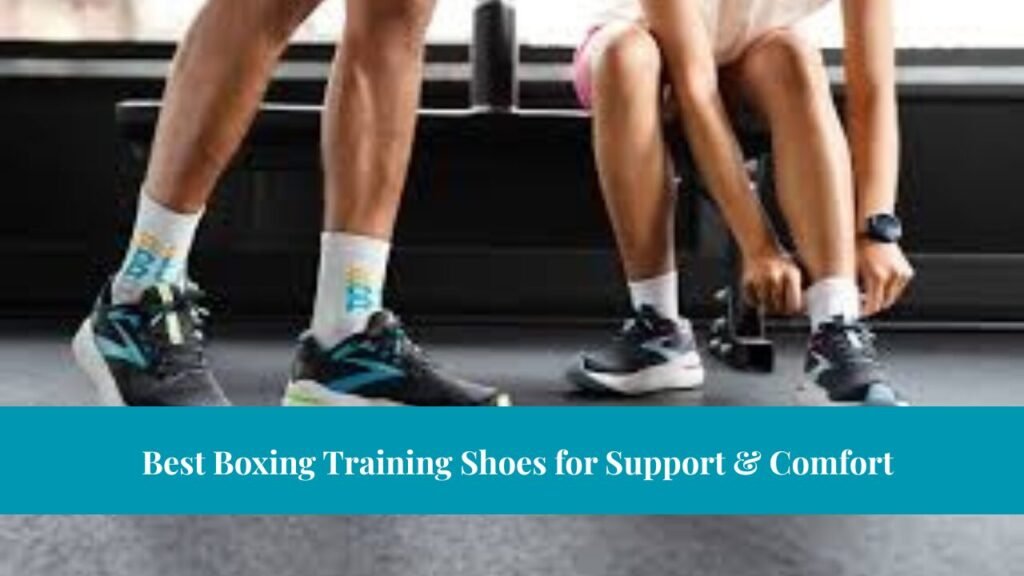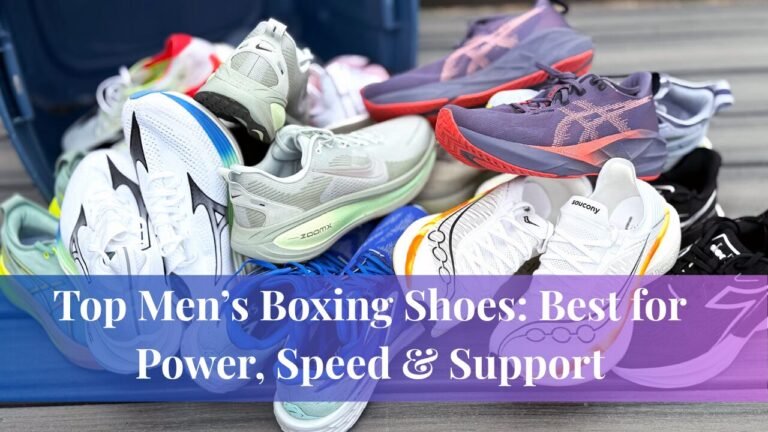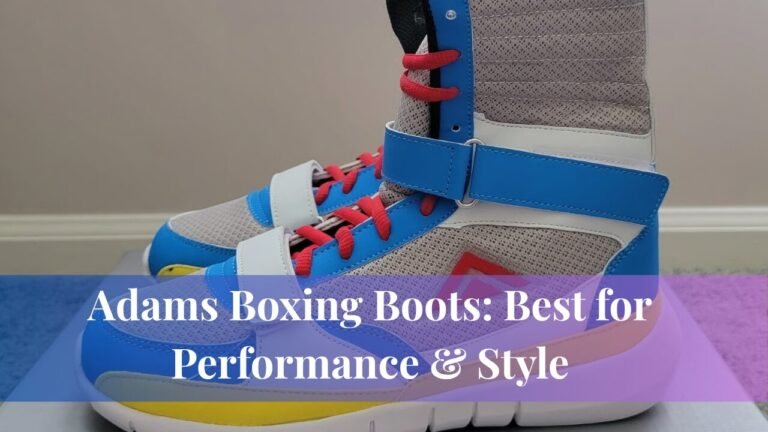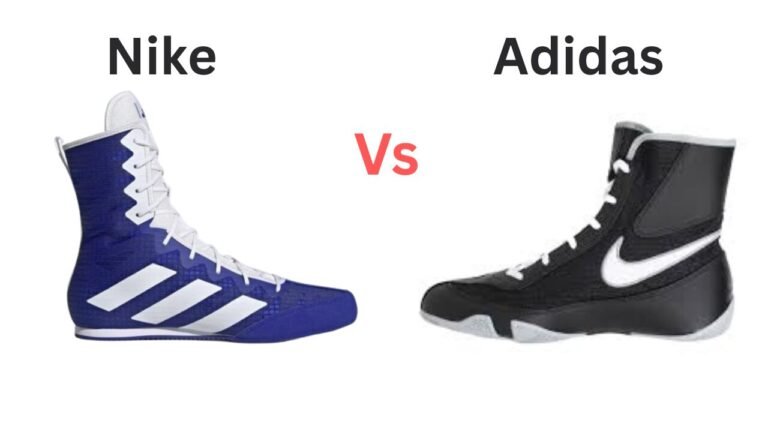Whether you’re stepping into the ring for the first time or you’re a seasoned boxer, having the right boxing training gear is essential for maximizing performance and ensuring safety. The world of boxing gear is vast, and understanding what you need (and why) will make your training more effective and enjoyable.
In this comprehensive guide with real training experience, we’ll explore the most crucial training equipment, how to choose the best options for your needs, and what makes certain gear stand out. Whether you’re training at home or in a gym, you’ll discover what truly matters in boxing gear and how to make smart buying decisions.
Why Quality Boxing Training Gear Matters
Investing in high-quality boxing training gear goes beyond comfort. It directly impacts your performance, safety, and progress. Proper gloves, wraps, and headgear reduce your risk of hand, wrist, and head injuries. Well-designed gear enhances your movement, protection, and endurance. Durable gear withstands intense use, saving you money in the long run. Trusting your gear lets you focus on strategy, not adjustments.
The Evolution of Boxing Gear
Boxing gear has dramatically evolved over the decades. From leather-bound gloves filled with horsehair to modern synthetic foam and ergonomic designs, innovation has made training safer and more effective. In the 18th century, bare-knuckle fights transitioned to gloves after the London Prize Ring Rules. Modern gloves became standardized under the Marquess of Queensberry Rules in the 1860s. Headgear was introduced in amateur boxing to reduce superficial injuries. Understanding evolution helps appreciate the importance of modern safety standards and innovations.
Essential Boxing Training Gear Checklist
Gloves are the cornerstone of your boxing kit. Different types suit different purposes. Bag gloves are designed for heavy bag work and prioritize wrist support and knuckle protection. Sparring gloves are more padded to protect both you and your partner.
Competition gloves are lightweight and designed for speed and scoring. Top glove features include high-density foam padding, Velcro or lace-up closure for convenience or fit, breathable interior lining, and durable outer material like leather or high-grade synthetic. Popular brands include Everlast, Title, Hayabusa, and Winning. Coach Miguel Alvarez, a Certified USA Boxing Coach, recommends starting with a solid 14oz glove for beginners, calling it the sweet spot between protection and performance.
Protecting your hands starts with hand wraps, which stabilize your wrist, knuckles, and fingers inside the gloves. There are elastic Mexican-style wraps that stretch for a snug fit, and traditional cotton wraps which provide more structure. Always wrap properly to avoid injury. Many brands also offer gel inner gloves as an alternative. Dr. Nia Brantley, a sports physician, notes that hand injuries are the most common among boxers, and even top-level pros don’t skip wraps.
Headgear is crucial for sparring. While it doesn’t prevent concussions, it helps minimize cuts and bruises. Important features include full-face or open-face design, adjustable chin and back straps, high-density foam padding, and sweat-wicking lining. Pro middleweight boxer Aiden T. emphasizes never sparring without headgear, especially during intense training camps.
A mouthguard protects your teeth, jaw, and brain from impact. Custom-fit models offer the best protection and comfort. Recommended brands include Shock Doctor, SISU, and Venum. According to the American Dental Association, athletes who don’t wear mouthguards are 60 times more likely to sustain dental injuries.
Footwork is fundamental in boxing. Specialized shoes improve grip, ankle support, and speed. Key features to look for include a lightweight build, high-top ankle support, breathable mesh fabric, and non-slip rubber soles. Amateur boxer Angela R. shared that switching to boxing shoes significantly improved her pivot and lateral movements after just three months of training.
Punching bags are essential for solo training and help improve power, technique, and cardio. Heavy bags are great for power punches. Speed bags enhance timing and coordination. Double-end bags improve accuracy and defense. Uppercut bags are ideal for close-range techniques. A well-filled heavy bag simulates the weight and resistance of an opponent, making it ideal for developing power punches.
Proper training apparel allows for unrestricted movement and breathability. Moisture-wicking T-shirts, compression shorts or tights, boxing trunks, and sauna suits (used cautiously for weight cuts) are typical gear. Sweat-wicking fabrics prevent overheating and chafing, while compression wear improves circulation and muscle recovery.
Besides headgear and mouthguards, protective gear also includes groin protectors for male fighters, chest guards more common in amateur and women’s boxing, and shin guards if you’re training in kickboxing or MMA. Rafael G., a USA Boxing referee, stresses that in amateur tournaments, referees won’t let you in the ring without certified groin protection.
Advanced Training Gear
For boxers looking to take their training to the next level, reflex balls and bars improve hand-eye coordination. Agility ladders and cones boost footwork and speed. Resistance bands add strength training without heavy weights. Smart trackers monitor punch speed, power, and count. Brands like FightCamp and Hykso are commonly used. A 2022 study published in the Journal of Sports Science & Medicine found that athletes using wearable trackers improved their reaction speed by 12% over six weeks.
Strength and Conditioning Equipment
Building a strong foundation is essential for boxing success. Tools such as kettlebells and dumbbells improve strength and explosiveness. Jump ropes enhance coordination, foot speed, and endurance. Medicine balls are great for core training and explosive movements. Pull-up bars and dip stations help develop upper body and grip strength. Darren V., a semi-pro boxer, notes that strength training with kettlebells has reduced his injury rate and improved his knockout power.
Nutrition & Recovery Tools
Training is only half the battle; recovery and nutrition ensure you can train consistently. Foam rollers and massage guns aid in muscle recovery. Electrolyte drinks and protein shakes support hydration and muscle repair. Meal prep containers and scales help keep your diet clean and portioned. Athletes who track their macronutrient intake have been shown to achieve body composition goals 40% faster, according to the International Society of Sports Nutrition.
How to Choose the Right Boxing Training Gear
Consider your training environment. A home gym benefits from compact gear like freestanding bags and portable pads. Boxing gyms typically have heavier, shared equipment, so investing in personal gear is ideal. Know your goals. If you’re focusing on fitness and cardio, gear like bag gloves, wraps, and a freestanding bag will suffice. For amateur competition, invest in full sparring gear. Professional training requires custom-fit and high-performance items. Set a realistic budget. You don’t have to buy the most expensive equipment, but avoid cheap gear that could risk injury. Prioritize fit and comfort. Ill-fitting gear can distract or harm your performance. Try on gear when possible or ensure return options when buying online.
Brand Spotlight: Everlast vs. Green Hill Sports
Everlast has been trusted by professionals for decades, offering a large product range including gloves, apparel, and equipment. It’s popular among U.S. gyms, has over 950K followers on Instagram (@everlast), and holds a 4.7-star rating from more than 2,000 Google reviews. Green Hill Sports provides professional-grade boxing gear and is known for balancing affordability with quality. It is gaining popularity among international fighters, has 35K+ followers on Instagram (@greenhill_sports), and a 4.6-star rating from 800+ Google reviews.
What Fighters Say
Leo M., an amateur boxer from New York, mentioned that switching to lace-up gloves made a huge difference in wrist support during sparring and was worth the extra effort. Kayla R., a Golden Gloves finalist, shared that the reflex ball improved her timing so significantly that her coach made it mandatory for all fighters. Moe D., a lightweight boxer, realized how much he was slipping only after he switched to proper boxing shoes, which drastically improved his mobility.
FAQs
What is the difference between boxing shoes and regular trainers?
Boxing shoes are designed for grip, agility, and ankle support. Regular trainers are heavier and not optimized for boxing movements.
Can I use wrestling shoes for boxing?
While similar in some ways, wrestling shoes may lack the pivot support and grip patterns necessary for boxing-specific training.
How long do boxing training shoes last?
On average, 6–12 months of regular use. However, it depends on training frequency and surface type.
Are low-top boxing shoes effective?
They offer more mobility but less ankle support. Great for advanced users focused on speed.
Do I need different shoes for training and competing?
Not necessarily, but some athletes prefer a separate pair for each to maintain peak performance condition.
Can boxing shoes be used for other sports?
It’s not recommended. Boxing shoes are built specifically for lateral and pivoting motions, not for running or heavy lifting.
Conclusion
Investing in high-quality boxing training shoes is one of the smartest moves you can make to elevate your performance. Whether you’re throwing punches on the bag, moving through drills, or sparring in the ring, the right footwear gives you the edge in comfort, speed, and safety.
Take the time to evaluate your needs, training style, and budget before choosing the perfect pair. For professional recommendations, consult a certified boxing coach or a specialist at a local boxing gear store.
Want to dive deeper? Visit boxing essential to explore top-rated boxing shoes from a trusted supplier.




